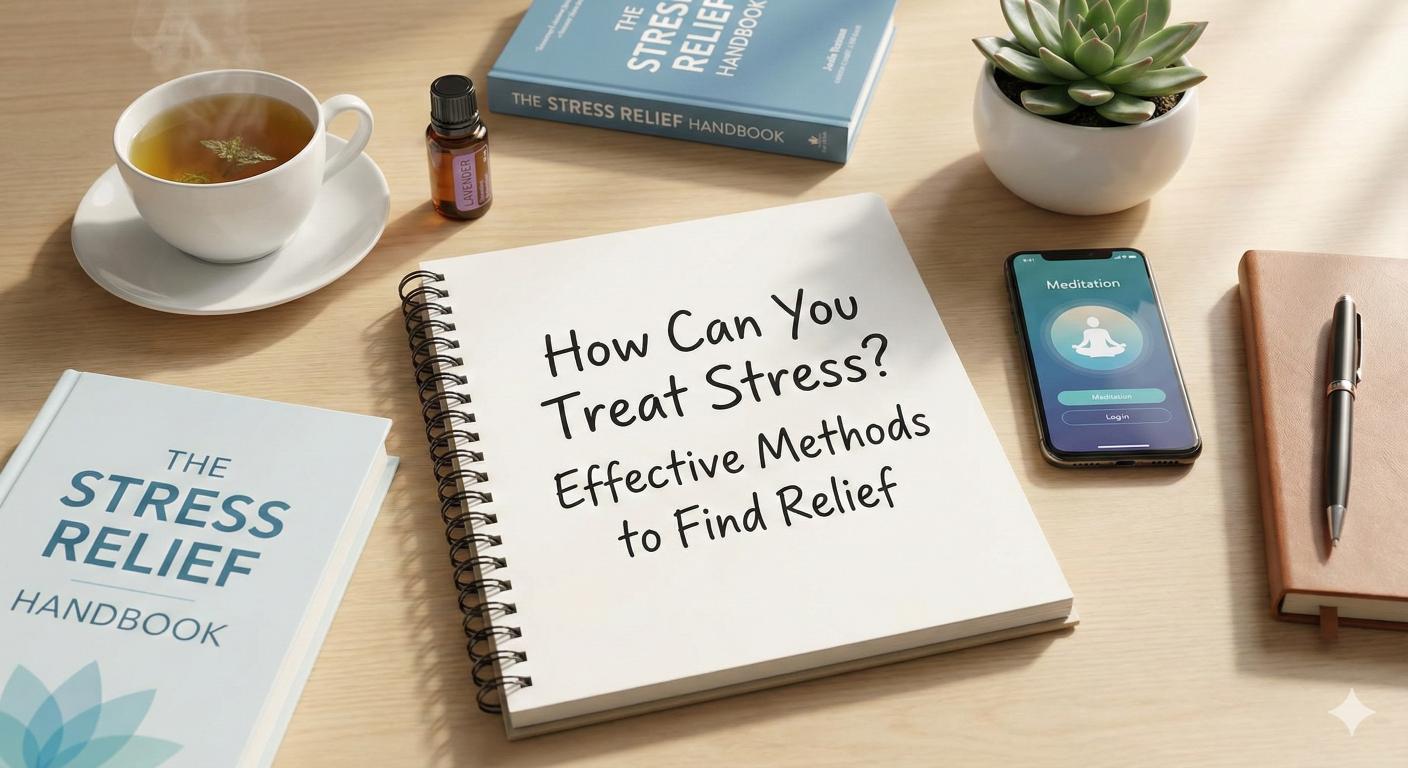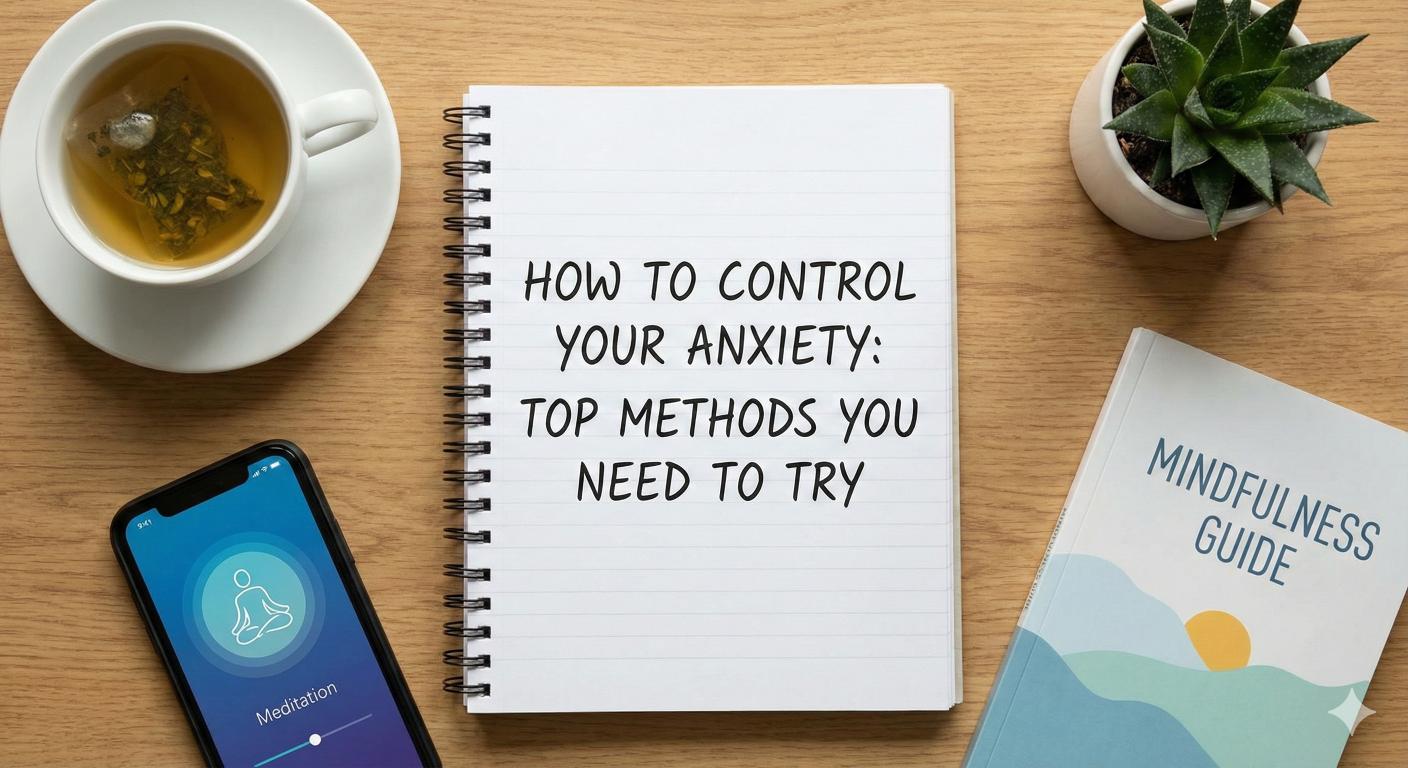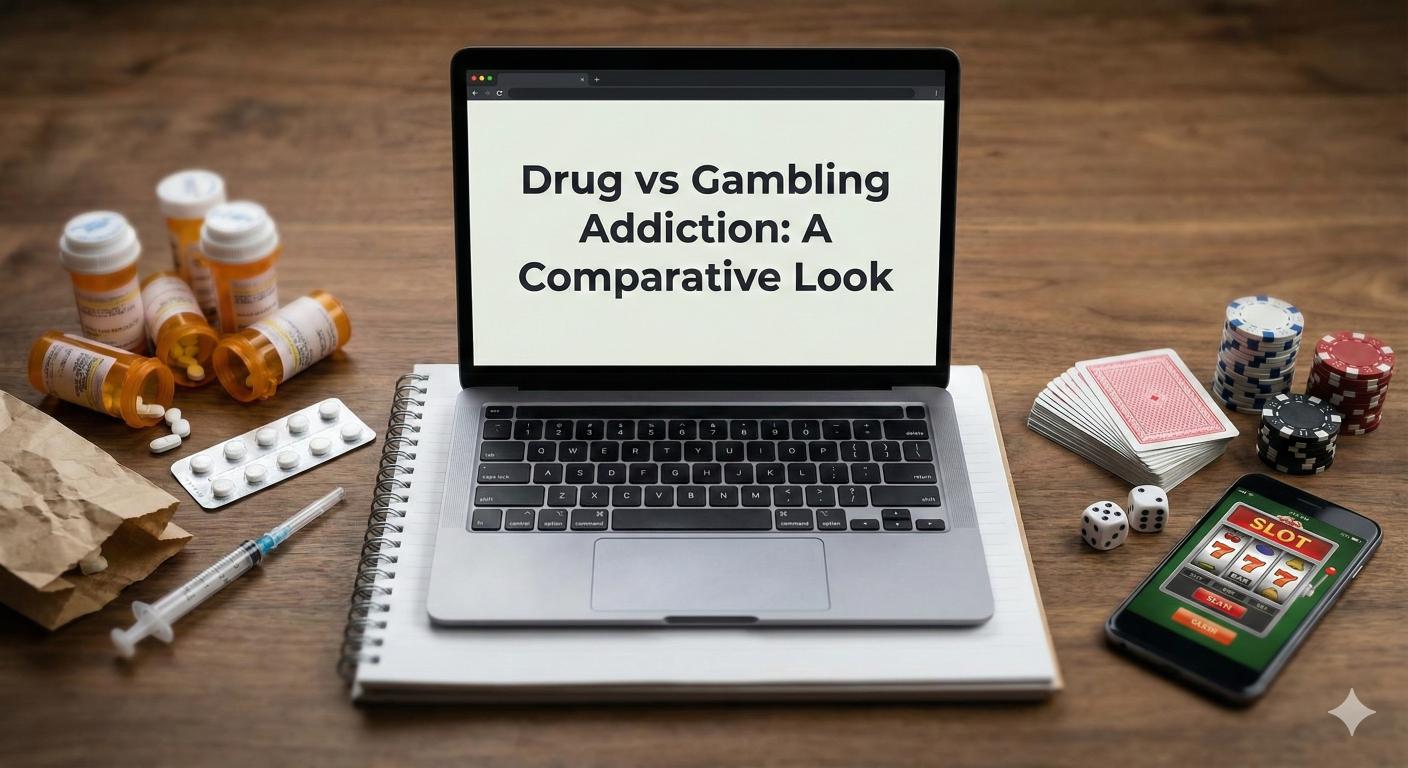Insight into Trauma Bonding and Unhealthy Attachments
Explore trauma bonding: understanding unhealthy attachments and learn how to break free and heal effectively.

Understanding Trauma Bonding
Definition of Trauma Bonding
Trauma bonding is a psychological phenomenon in which an individual forms a strong emotional attachment to an abusive or harmful person or situation. This bond is often characterized by feelings of loyalty, love, and dependence on the abuser, even in the face of abusive behavior. The term "traumatic bonding" was first established in 1997 by Patrick Carnes, Ph.D., an expert in addiction therapy. It is one of the multiple reactions individuals may have to trauma, frequently arising in scenarios involving abusive relationships, cults, or even within family dynamics [1].
Trauma bonding often develops through a cycle of abuse, where intermittent reinforcement of affection and aggression creates an intense emotional bond. This pattern can originate from childhood experiences and may continue into adulthood, causing individuals to gravitate toward partners who are unavailable, narcissistic, or addicted. Despite clear evidence that these partners are harmful, many individuals maintain hope that their behavior will change.

Stockholm Syndrome Connection
Stockholm Syndrome represents a specific manifestation of trauma bonding. In this phenomenon, an individual develops positive feelings for their captor or abuser. This dynamic can occur in various situations and relationships, including cases of domestic abuse, hostage situations, and even within sports contexts, as noted in research on abuse in athletics from 2018 [3]. The emotional attachment is fueled by a biochemical response in the brain, where trauma bonds are reinforced through the release of the neurotransmitter oxytocin, commonly referred to as the "love hormone." This hormone not only facilitates emotional bonds formed during childbirth and romantic love, but also strengthens the attachment formed in traumatic contexts [4].
Understanding trauma bonding and its connection to phenomena such as Stockholm Syndrome is crucial for recognizing unhealthy attachments. For further insights into the nature of trauma disorders, explore the impact of intergenerational trauma and vicarious trauma: when helping others takes a toll.
Dynamics of Trauma Bonds
Understanding the dynamics of trauma bonds is crucial for recognizing unhealthy attachments. This section discusses how these bonds develop and their psychological impact on individuals involved in such relationships.
Development of Trauma Bonds
Trauma bonding typically occurs in romantic relationships, characterized by a cycle of trauma and positive reinforcement. This dynamic often emerges when one partner emotionally abuses or manipulates the other, resulting in a strong emotional attachment despite the harm being inflicted [5].
The process is often sustained through intermittent reinforcement, where the abuser offers moments of affection or kindness, only to subsequently withdraw it. This back-and-forth cycle creates confusion and dependency, making it challenging for the victim to break free from the relationship. Emotional tactics such as gaslighting contribute to these dynamics, further entrenching the victim within the toxic cycle [2].
Key Factors in Trauma BondingDescriptionEmotional AbuseManipulation or control tactics that create dependence.Intermittent ReinforcementA cycle of positive affection followed by withdrawal.GaslightingCausing the victim to doubt their reality, further entrenching dependency.
Psychological Impact
The psychological impact of trauma bonding can be profound and long-lasting. Victims may experience a range of emotional disturbances, including anxiety, depression, and post-traumatic stress disorder (PTSD). The relationship dynamics can lead victims to justify abusive behavior, contributing to a distorted sense of self-worth and reality. In this context, an abuser’s sporadic kindness can reinforce the bond, making it difficult for victims to recognize their circumstances [6].
Moreover, the bond may result in feelings of isolation as victims often fear seeking help due to shame or guilt. This isolation can exacerbate psychological distress and hinder recovery efforts. Understanding these impacts is essential for those attempting to break the cycle of trauma bonding and seek healthier relationships.
Psychological Effects of Trauma BondingDescriptionAnxietyConstant worry about the partner's behavior or future of the relationship.DepressionFeelings of hopelessness and worthlessness from manipulation.Low Self-EsteemThe victim may internalize the abuser’s negative messages.
For more information on coping strategies, refer to articles on coping with trauma triggers and strategies for trauma recovery. Understanding the dynamics and psychological impact of trauma bonds is a vital step towards healing and personal empowerment.
Signs of Trauma Bonding
Recognizing the signs of trauma bonding is essential for individuals seeking to understand unhealthy attachments. Two significant indicators of trauma bonding are justifying abusive behavior and blaming oneself.
Justifying Abusive Behavior
Individuals who experience trauma bonding often find themselves justifying or defending the abusive behavior of their partner. They may convince themselves that the abuse is not as serious as it appears or that their partner is essentially a good person despite their actions. This rationalization can be fueled by moments of kindness or affection from the abuser, which may skew the victim's perception of the relationship.
Common justifications may include:
This mindset allows the bond to deepen, creating an environment where the victim feels compelled to overlook harmful behaviors. Understanding that these rationalizations often serve to minimize the trauma can be vital in breaking the cycle of abuse. Some might express a desire to help their partner heal or focus on the positive aspects of their relationship, even when the negatives are significant. Recognizing these patterns is crucial in addressing trauma bonding.
Blaming Oneself
Self-blame is another critical sign of trauma bonding. Victims often internalize the negative experiences and believe they are at fault for the abuse they endure. They may think:
This mindset can be reinforced by an abuser's tactics, often leading the victim to believe their partner's actions are justified due to their own shortcomings or behaviors. This self-blame not only strengthens the trauma bond but also deters victims from seeking help or leaving the situation.
Minimizing the negative impact of the abuse is common; individuals might downplay the seriousness of their situation, convincing themselves that the relationship is better than it truly is. Recognizing the dynamics of self-blame can help in acknowledging the need for support and intervention.
For those navigating the complex landscape of trauma bonds, understanding these signs is the first step toward healing and liberation. Seeking guidance through professional therapy or support groups can be instrumental in overcoming these attachments. More resources are available to help individuals manage their experiences, such as exploring the impact of intergenerational trauma and strategies for trauma recovery.
Breaking the Trauma Bond
Breaking free from a trauma bond is a crucial step in restoring one’s sense of self and well-being. The journey may be challenging and take considerable time, but it is achievable when approached methodically. This section outlines the necessary steps to break free from these unhealthy attachments and the importance of seeking support and therapy.
Steps to Break Free
To effectively detach from a trauma bond, individuals can follow these essential steps:
For more detailed guidance on recovery strategies, refer to our article on strategies for trauma recovery.
Seeking Support and Therapy
Professional help is often instrumental in facilitating the healing process from trauma bonds. Engaging with mental health professionals can provide individuals with the tools needed to break free and rebuild their lives. Key benefits of seeking therapy include:
For more information regarding the emotional impacts of trauma and therapy options, please check our article on impact of trauma on mental health.
Breaking a trauma bond requires understanding, support, and patience. With the right steps and professional guidance, individuals can reclaim their lives and develop healthier emotional patterns.
Healing from Trauma Bonds
Healing from trauma bonds involves addressing the emotional effects of the relationship and seeking professional treatment, which is essential for recovery.
Emotional Impact
The impact of being in a trauma bond can be profound and far-reaching. Individuals often experience deep emotional distress, which may manifest as mental health disorders such as anxiety, depression, and post-traumatic stress disorder (PTSD) [7].
The following table illustrates common emotional effects experienced by those in trauma bonds:
Emotional ImpactDescriptionAnxietyPersistent worry and apprehension.DepressionFeelings of sadness, hopelessness, and emptiness.PTSDFlashbacks, nightmares, and severe anxiety symptoms.Low self-esteemNegative self-image and feelings of worthlessness.Emotional numbnessDifficulty experiencing emotions positively.
Individuals may also find it challenging to trust themselves and others after enduring such experiences. Recognizing these emotional impacts is a vital step toward recovery.
Professional Treatment
To effectively heal from trauma bonds, professional treatment is crucial. Therapeutic approaches must be specialized and trauma-informed. Common techniques include:
Victims can break trauma bonds, but this often requires intensive therapy and treatment [1]. Seeking professional help is essential if symptoms persist and significantly affect daily functioning [8].
For effective strategies in trauma recovery, including how to manage stress after a traumatic event, visit our articles on strategies for trauma recovery and managing stress after a traumatic event.
Applying Self-Care
Focusing on self-care is an essential step in healing from trauma bonds and unhealthy attachments. By practicing self-compassion and cultivating healthy relationships, individuals can create a supportive environment that promotes recovery and personal growth.
Self-Compassion Practices
Self-compassion involves treating oneself with kindness and understanding, especially during moments of struggle. This practice can be a powerful tool in overcoming feelings of shame or worthlessness commonly associated with trauma bonding. Some effective self-compassion practices include:
To provide a clearer understanding of self-compassion practices, here’s a summary table:
Self-Compassion PracticeDescriptionMindfulness MeditationStaying present and acknowledging feelings without judgment.AffirmationsPositive statements that reinforce self-worth and encourage compassion.JournalingWriting as a means to process thoughts, feelings, and experiences.
Implementing these practices can significantly enhance emotional resilience and contribute to moving beyond trauma bonds.
Building Healthy Relationships
Establishing healthy relationships is vital for creating a supportive network that fosters healing from trauma bonds. Individuals can focus on building connections characterized by mutual respect, healthy communication, and emotional support. Key strategies for developing these connections include:
These strategies help create a foundation for healthy, positive relationships that not only support recovery but also encourage growth beyond trauma bonding.
Through self-compassion practices and the establishment of healthy relationships, individuals can navigate the complexities of trauma bonding: understanding unhealthy attachments and move towards a space of healing and resilience.
References
[2]:
[3]:
[4]:
[5]:
[6]:
[7]:
[8]:
More Resources
A team ready to start your journey.
Get in touch — today.
We are a safe space – a haven for exceptional individuals to receive discreet, personalized, in-person treatment and care.
.avif)










